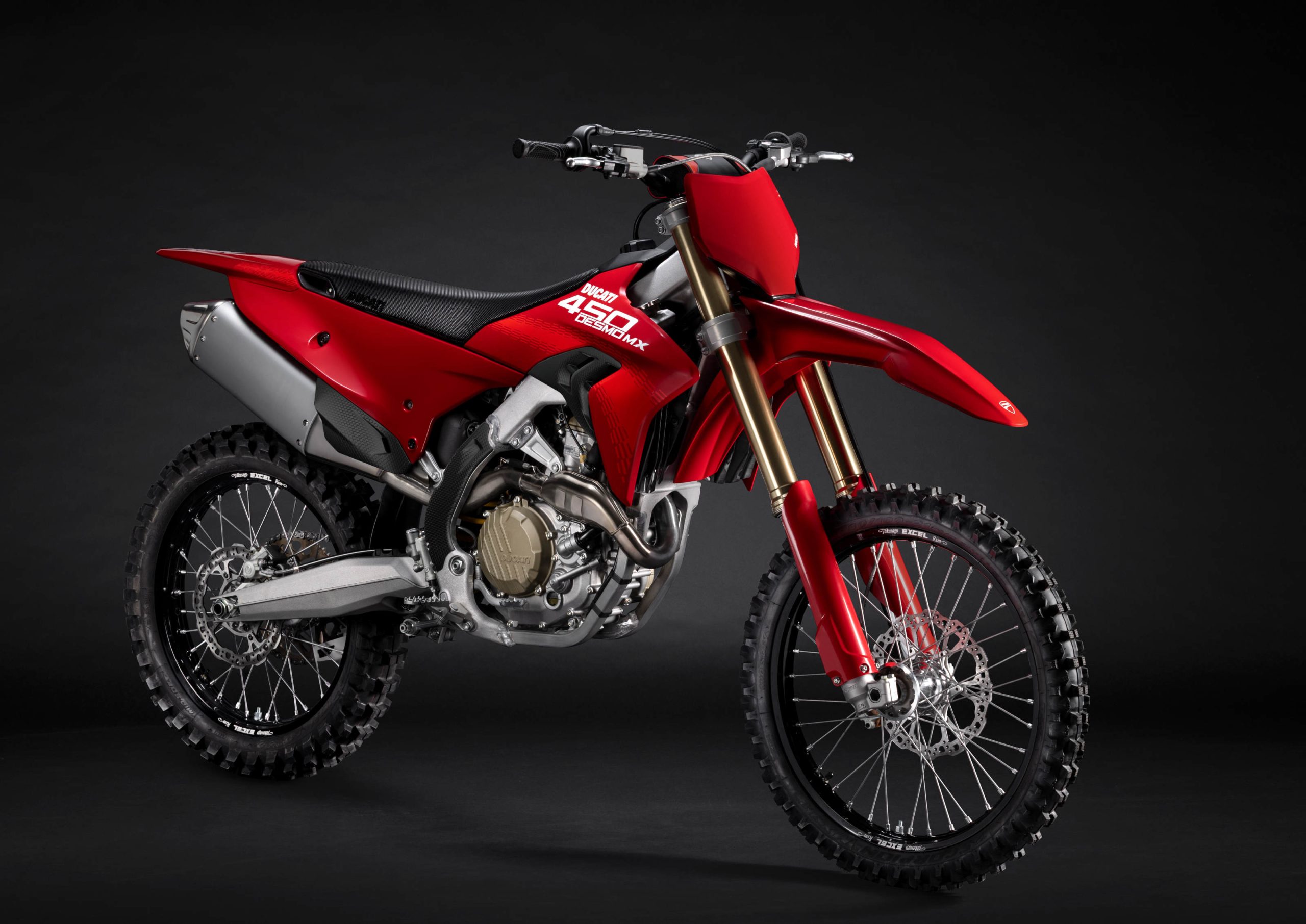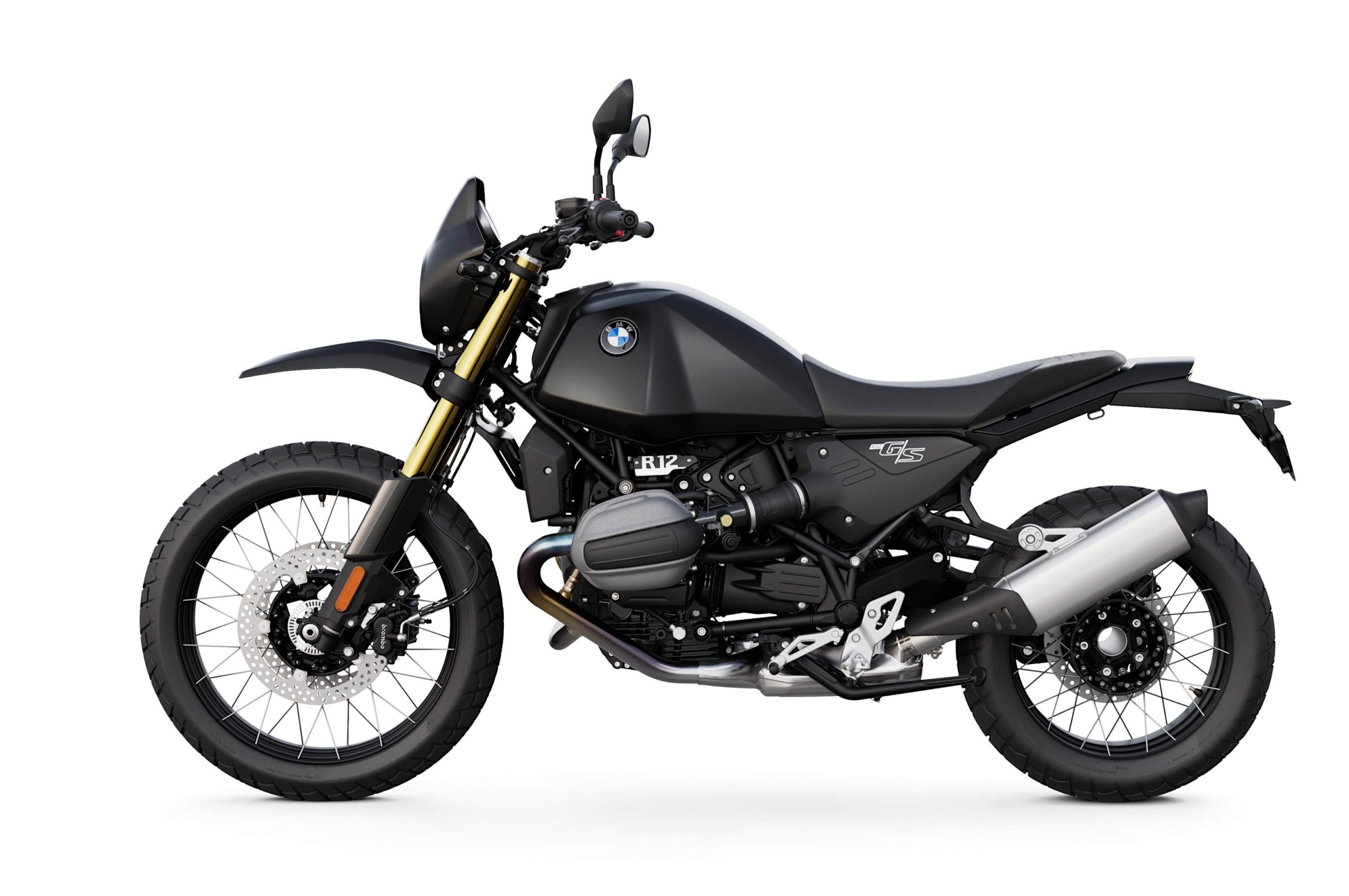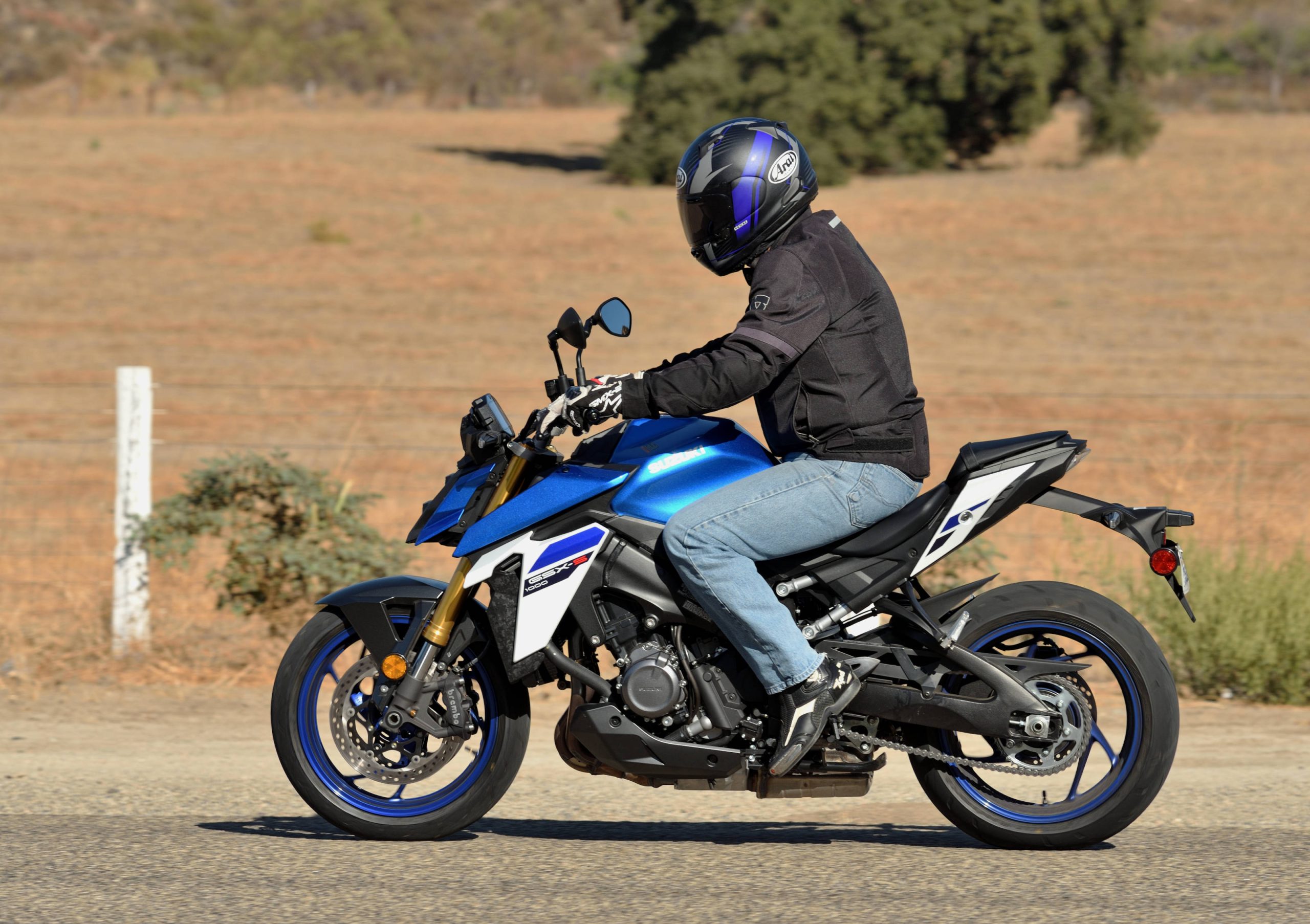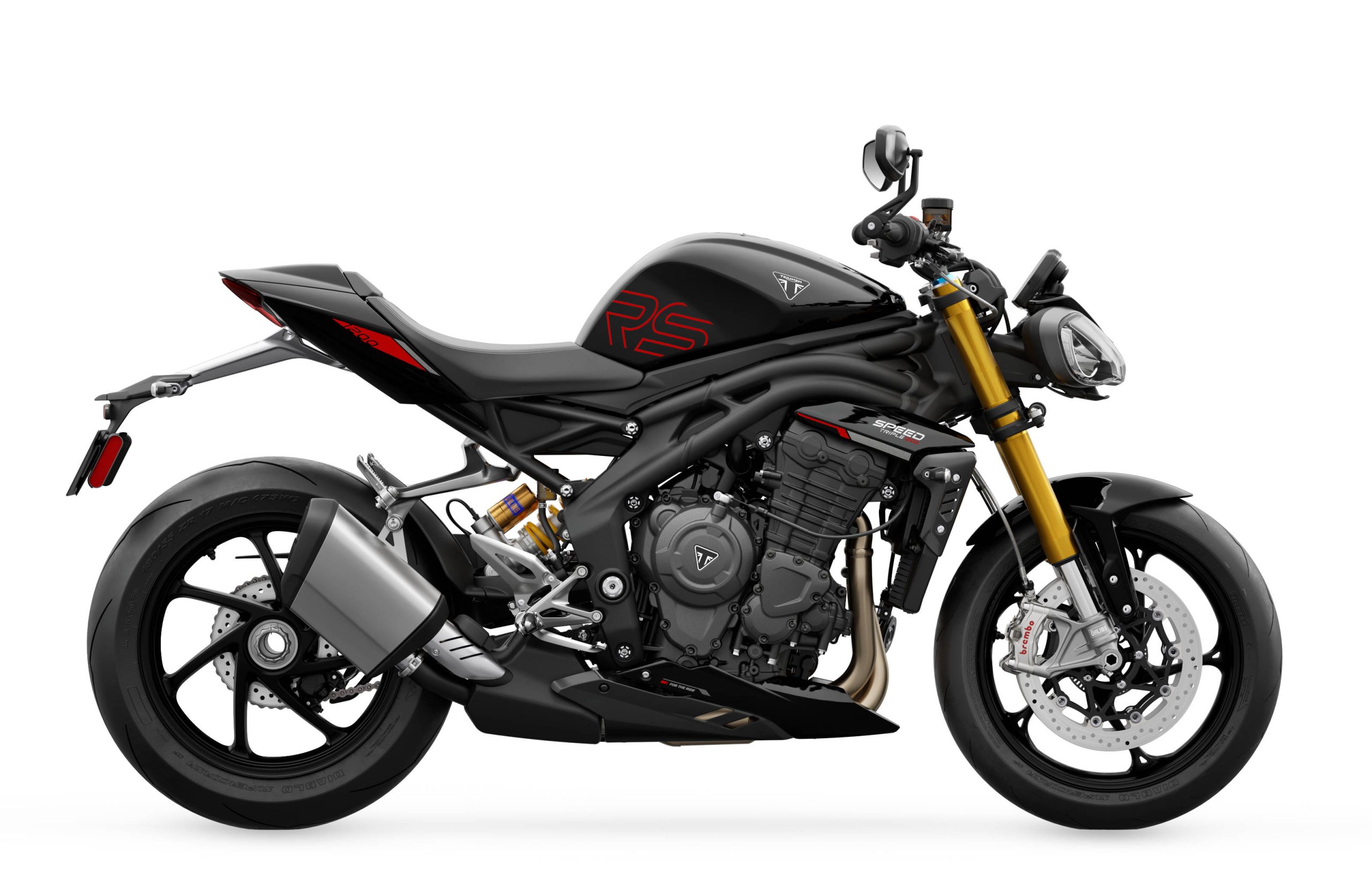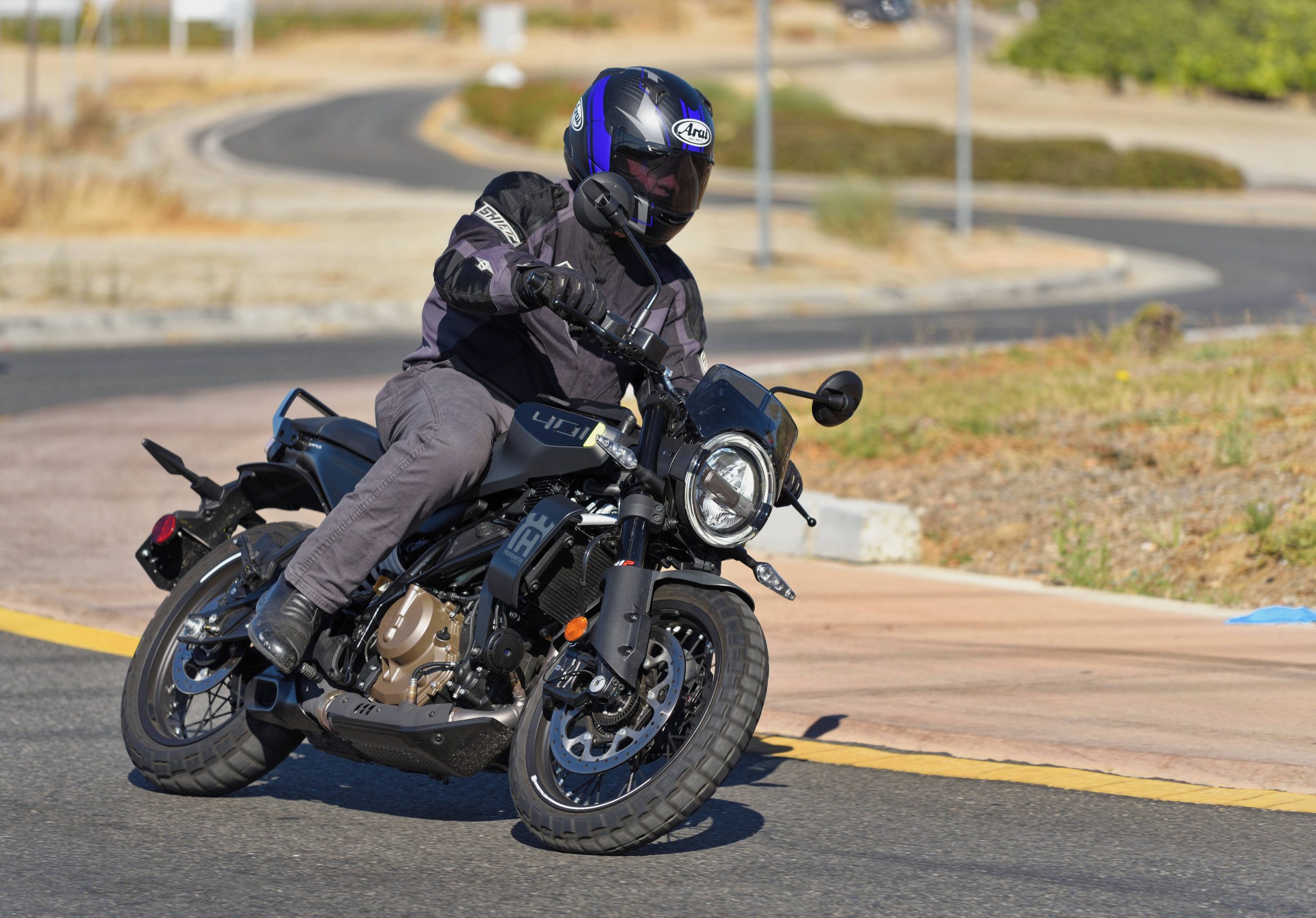You don’t put a cassette gearbox in a street bike. You don’t raise radiator capacity by 40% when you increase engine size by just 5%. Honda did both of those things with the CBR1000RR, however.
The CBR1000RR is clearly a homologated racer, but it is a homologated racer designed to sell in high volume, unlike homologated race bikes previously produced by Honda for the superbike class (with the arguable exception of the RC51, which never sold like the old Fireblade/954). We won’t know if Honda has the edge on the street with its CBR1000RR until we have a chance to ride the bike and compare it with the competition. Nevertheless, Honda has built the CBR1000RR to potentially have an advantage on the race track (depending on superbike rules at the WSB and regional levels). If Honda is allowed to change internal gearing more readily than its competition, for instance, this could make a huge difference in superbike racing. The radiator size would also give Honda a distinct advantage when running in classes where stock radiators are required.
One would have to conclude that Honda designed other aspects of the CBR1000RR to have a competitive edge when superbike racing, as well. As always, time will tell.

